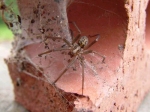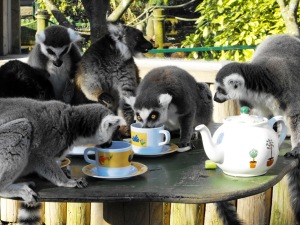The baby boom continues as a critically endangered monkey is born at Drusillas as part of the European breeding programme. The Sulawesi black crested macaque was delivered on Tuesday 25th October and staff are delighted with the new arrival.
 Black crested macaques are native to the Indonesian island of Sulawesi where they are now regarded as critically endangered by the IUCN (International Union for Conservation of Nature). In the last 40 years it is estimated that the population has been reduced by more than 80% due to habitat loss and hunting pressure and they now face the very real threat of extinction in the wild.
Black crested macaques are native to the Indonesian island of Sulawesi where they are now regarded as critically endangered by the IUCN (International Union for Conservation of Nature). In the last 40 years it is estimated that the population has been reduced by more than 80% due to habitat loss and hunting pressure and they now face the very real threat of extinction in the wild.
These large impressive monkeys have just one baby at a time, born with a pink face which darkens with age. So far the baby bundle, thought to be male, is thriving alongside parents Kendari and Moteck. He will remain very dependent for the next four to five months, clinging to his mother who will nurse him for at least a year.
Kendari and Moteck were introduced at Drusillas in 2010, after being re-homed respectively from Chester Zoo and Monkey Park in Israel. The new arrival is the couple’s first baby together and hopefully will be one of many more to come.
Breeding programmes such as the one at Drusillas Park operate throughout the zoo community, in conjunction with the European Association of Zoos and Aquaria. By cooperating in this way, animal collections hope to safeguard the existence of many animal species in order to secure their future survival.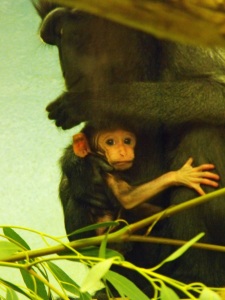
Zoo Manager, Sue Woodgate commented: “It is wonderful to see the new addition to our macaque family. He is showing a lot of interest in his surroundings and being doted on by his cousin Kamala who was born at Drusillas in 2010. We are expecting a lot of monkeying around from these two over the coming months.”

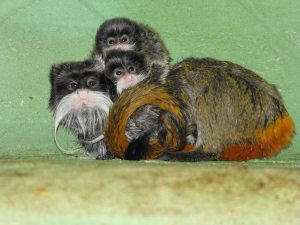

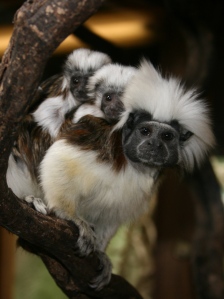

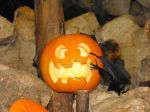


 Drusillas Park’s
Drusillas Park’s 
